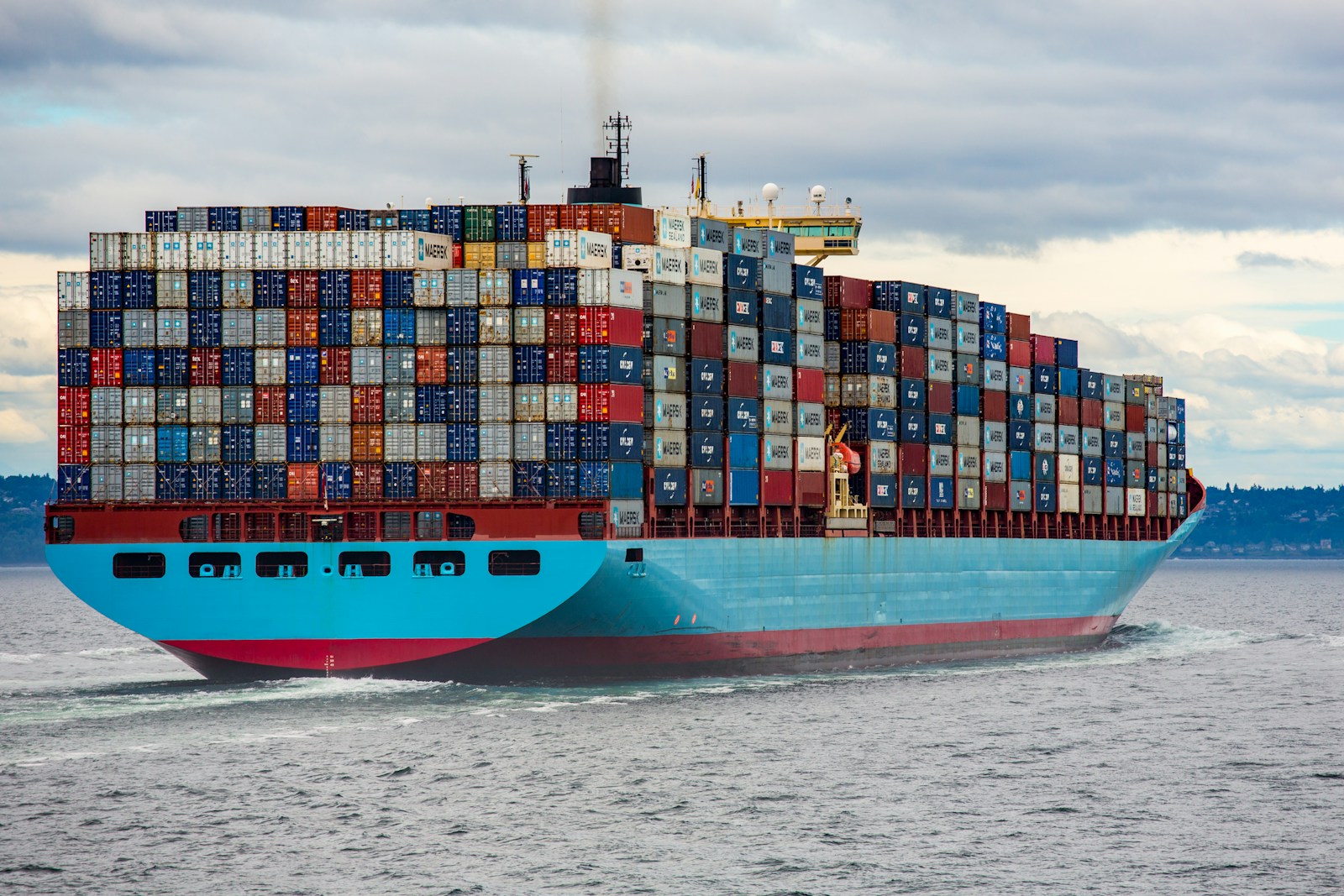Ship Attachment: A Comprehensive Analysis

Ship attachment is a vital legal procedure in maritime law, enabling creditors to secure claims by seizing vessels or their assets. This mechanism serves as a safeguard for creditors, ensuring the recovery of debts or enforcement of judgments in cases involving unpaid dues, damages, or contract violations. In the UAE, ship attachment is governed by local maritime laws and international treaties, reflecting the country’s commitment to aligning its legal framework with global standards.
This article provides an in-depth exploration of ship attachment, covering its distinction from ship arrest, the legal framework in the UAE, and its broader implications for maritime commerce.
Table of Contents
Ship Arrest vs. Ship Attachment: Key Differences
While ship arrest and ship attachment may appear similar, they differ significantly in scope and application. Ship arrest is a court-ordered measure aimed at detaining a vessel to secure maritime-related claims. It is typically employed in disputes concerning unpaid debts, damages caused by the vessel, or other maritime obligations. The primary purpose of ship arrest is to ensure that the claimant’s interests are protected and that the shipowner fulfills their financial or legal responsibilities.
On the other hand, ship attachment has a broader scope. It allows for the seizure of a vessel or other assets to satisfy general claims, including non-maritime debts. Unlike ship arrest, which is tied to specific maritime liens or claims, ship attachment can be used to establish jurisdiction over a defendant or guarantee the enforcement of a court ruling. This versatility makes it an invaluable tool for creditors dealing with disputes that extend beyond traditional maritime issues.
Key Distinctions Between Ship Arrest and Ship Attachment
| Aspect | Ship Arrest | Ship Attachment |
| Legal Basis | Maritime law (e.g., 1999 Arrest Convention) | General civil or commercial law |
| Type of Claims | Limited to maritime debts (e.g., salvage, cargo disputes) | Can include non-maritime claims (e.g., contractual debts) |
| Jurisdiction | Usually limited to the vessel’s flag state or port state | Can be exercised in broader legal contexts |
| Requirement forCounter-Security | Often required from claimants | Depends on the jurisdiction and nature of the claim |
| Scope | Primarily affects the vessel’s operation | Can extend to other assets of the debtor |
Legal Framework in the UAE
The UAE has established a robust legal framework for ship attachment through national legislation and international treaties. The Federal Decree-Law No. 43 of 2023 on Maritime Law represents a significant milestone in modernizing the country’s approach to maritime regulations. This law supersedes the UAE Maritime Code of 1981 and introduces provisions that align UAE practices with international standards while addressing emerging challenges in the sector.
Article 53 of Federal Decree-Law No. 43 of 2023 outlines the conditions for pre-judgment attachment of vessels in satisfaction of maritime debts. It defines maritime debts broadly, encompassing various scenarios such as:
- Damage caused by the vessel.
- Losses in human lives or physical injuries arising from its use.
- Salvage operations and agreements.
- Environmental damage caused by the vessel.
- Costs associated with raising sunken or abandoned ships.
- Agreements related to ship usage (e.g., charter parties).
- Disputes over cargoes or passengers carried aboard.
- Losses from general average contributions.
- Towage and pilotage services.
- Supplies provided for operating or maintaining the vessel.
- Repairs, rebuilding, or outfitting of ships.
- Port fees and canal charges.
- Crew wages and social insurance contributions.
- Insurance premiums for ships.
- Disputes over ownership or possession.
- Mortgage disputes involving ships.
This comprehensive list underscores the versatility of ship attachment as a legal tool for resolving disputes across various contexts.
Practical Implications of Ship Attachment
Ship attachment serves multiple purposes in maritime commerce:
- Securing Claims: By attaching vessels as collateral, creditors can safeguard their financial interests and ensure repayment of debts.
- Establishing Jurisdiction: In cases where defendants are based overseas or difficult to locate, ship attachment provides a means to establish jurisdiction over them.
- Enforcing Judgments: Once a court ruling is obtained, creditors can use ship attachment to enforce judgments effectively.
- Protecting Maritime Operations: While ship attachment may temporarily disrupt operations, it ensures accountability among stakeholders in maritime commerce.
Challenges Associated with Ship Attachment
Despite its advantages, ship attachment presents certain challenges:
- Complex Legal Procedures: Creditors must navigate intricate legal processes to obtain court approval for attachment orders.
- Jurisdictional Issues: Establishing jurisdiction can be challenging in cases involving international parties.
- Operational Disruptions: Attaching a vessel may impact its operations, potentially leading to financial losses for owners.
- Compliance Requirements: Adhering to local laws and international treaties is essential to avoid legal complications.
- To address these challenges effectively, creditors should seek guidance from legal experts specializing in maritime law.
Conclusion
Ship attachment is an indispensable tool in maritime law that balances creditor protection with operational efficiency. Its broader scope compared to ship arrest makes it particularly valuable for addressing diverse claims—both maritime and non-maritime—in an increasingly interconnected world.
In the UAE, the enactment of Federal Decree-Law No. 43 of 2023 demonstrates the country’s commitment to modernizing its legal framework and aligning it with international standards. By providing clear guidelines for pre-judgment attachment under Article 53, this legislation ensures that creditors can rely on ship attachment as a means to secure claims effectively.
As maritime commerce continues to evolve, ship attachment will remain crucial for resolving disputes and safeguarding financial interests in this dynamic sector. Stakeholders must stay informed about legal developments and collaborate with experts to navigate challenges successfully.
Ultimately, ship attachment reflects the adaptability and resilience of maritime law in addressing complex issues within global trade networks—a testament to its enduring relevance in fostering accountability and fairness among stakeholders worldwide.
Contributed by – Anakha Ajay
By entering the email address you agree to our Privacy Policy.



